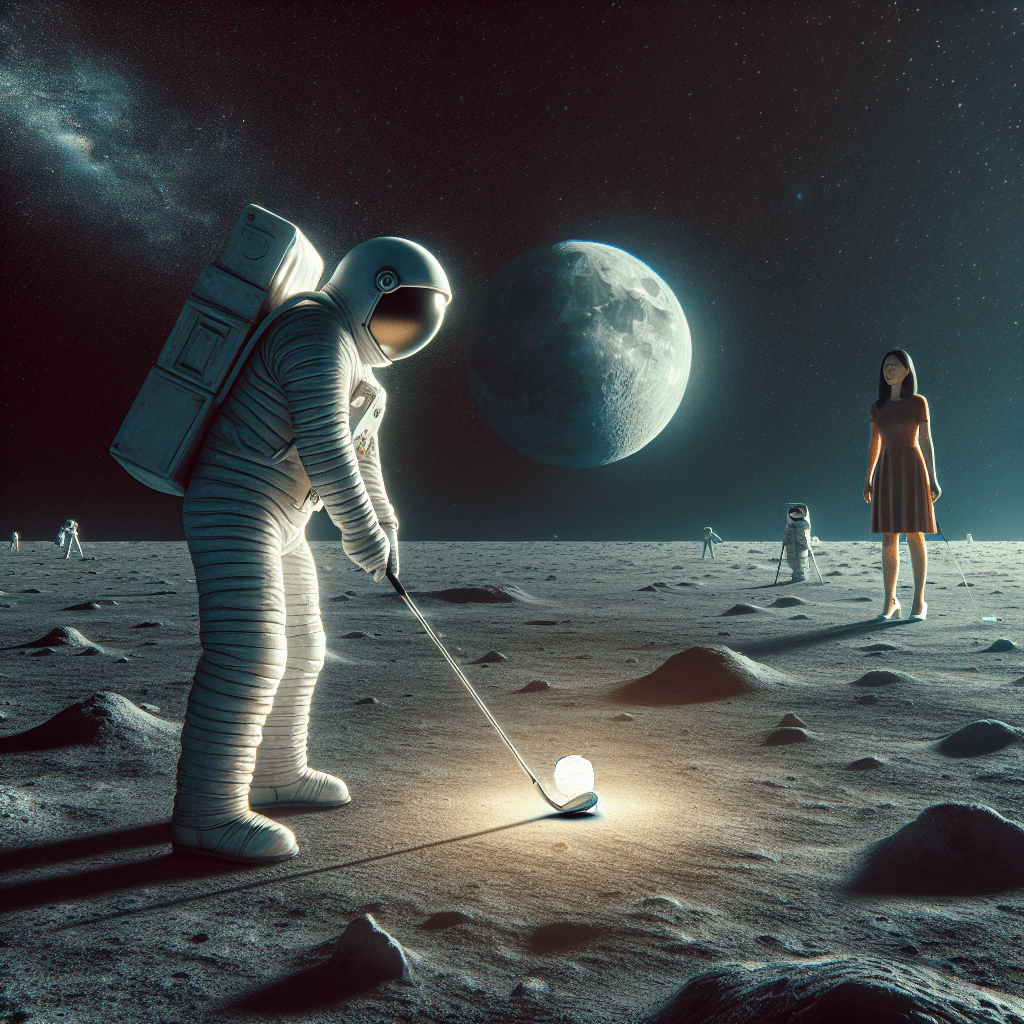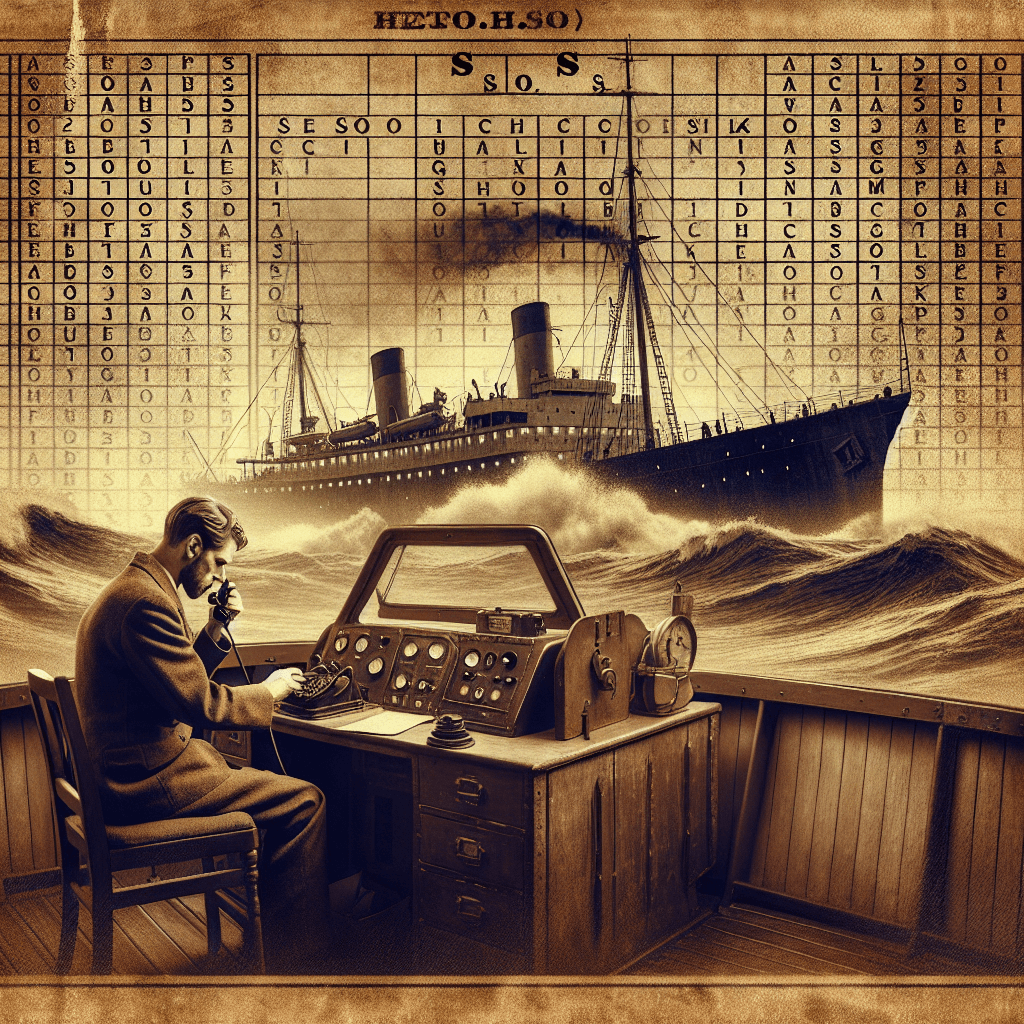One Giant Drive for Mankind
Humanity’s first step was just the beginning; now, it's time for the one drive that will truly define our future among the stars.


Too Long; Didn't Read
TLDR: A project is creating a single, massive digital archive to store all of humanity's knowledge and culture, essentially backing up our entire civilization for future generations.
Tee Time on the Tranquility Base? Was Golf Really Played on the Moon by Astronauts?
It sounds like something out of science fiction, or perhaps a tall tale: astronauts, weighed down by bulky suits, playing a round of golf amidst the desolate beauty of the lunar landscape. For decades, the story has captured imaginations. But did this improbable sporting event actually happen millions of miles from Earth? Was golf really played on the moon by astronauts? Let's swing into the facts.
This blog post will delve into the historical event, separating fact from fiction, exploring who took the shot, what equipment was used, how far the ball really went, and why this moment remains one of the most iconic anecdotes of the Apollo program. Prepare to discover the truth behind the legendary lunar golf game.
The Astronaut with the Swing: Alan Shepard
Yes, golf was indeed played on the Moon, albeit very briefly! The astronaut responsible was Alan Shepard, commander of the Apollo 14 mission.
- Who was he? Shepard was already a legendary figure in American spaceflight history. He was the first American launched into space in 1961 aboard Freedom 7. After being grounded for years due to an inner ear condition, he successfully underwent surgery and returned to flight status, culminating in his command of Apollo 14.
- The Mission: Apollo 14 launched on January 31, 1971, and Shepard, along with Lunar Module Pilot Edgar Mitchell, landed in the Fra Mauro formation on the Moon on February 5, 1971.
The Improvised Lunar Golf Club
Shepard didn't sneak a full set of clubs aboard the Lunar Module Antares. The "golf club" was ingeniously improvised.
- The Club Head: Shepard brought a specially fitted Wilson Staff 6-iron head. He reportedly had it made with the help of a golf pro back in Houston.
- The Shaft: The club head was attached to the handle of a lunar sample collection tool (officially called the Contingency Return Sample tool handle). This collapsible tool was already part of the mission's equipment manifest.
- The Balls: He used standard golf balls, bringing two with him.
Shepard smuggled the club head and balls aboard in his personal items. He pitched the idea to Bob Gilruth, the Director of the Manned Spacecraft Center at the time, as a way to demonstrate the difference in gravity, framing it partially as a lighthearted experiment. It was approved, provided it didn't interfere with the mission and was done at the end of the final moonwalk.
The Shots Heard Across the Void
Towards the end of the second and final moonwalk (EVA-2) on February 6, 1971, Shepard surprised listeners back on Earth.
- The Setup: Standing near the Lunar Module, Shepard attached the 6-iron head to the tool handle. The bulky spacesuit made a normal swing impossible. He had to attempt awkward, one-handed swings.
- The Attempts: His first couple of swings mainly hit the lunar dust (he called them shanks). On his third attempt (with the first ball), he made better contact, sending the ball a short distance.
- The Famous Shot: With the second ball, he connected more solidly. Due to the suit's limitations, he exclaimed, "Got more dirt than ball," but the ball flew much further.
- "Miles and Miles and Miles": Shepard famously quipped, "Miles and miles and miles!" watching the second ball sail away in the low gravity (one-sixth of Earth's) and vacuum of space.
Debunking the "Miles" Myth
While Shepard's enthusiasm was infectious, the ball didn't actually travel "miles."
- The Reality: Without air resistance and with lower gravity, a golf ball would travel significantly farther on the Moon than on Earth given the same impact speed. However, the bulky suit severely restricted Shepard's swing speed and technique.
- Estimations: Pinpointing the exact distance is difficult. Contemporary estimates placed the second, longer shot at around 200 yards. Later analysis in 2021 by imaging specialist Andy Saunders, using enhanced scans of original Apollo 14 footage and images, located both balls. His detailed analysis suggests the first ball traveled about 24 yards, and the second, more famous shot, traveled about 40 yards. While impressive given the circumstances, it wasn't quite the multi-mile drive Shepard joked about.
Why Does Lunar Golf Matter?
Though not a formal scientific experiment, Shepard's lunar golf shots became instantly iconic.
- Human Touch: It provided a uniquely human, relatable moment amidst the highly technical and often dangerous world of space exploration. It showed astronauts weren't just automatons but people with hobbies and humor.
- Demonstration (of sorts): While not precise, it vividly illustrated the effects of the Moon's low gravity environment in a way charts and graphs couldn't.
- Enduring Legacy: The image of Alan Shepard swinging a golf club on the Moon remains one of the most memorable and lighthearted moments of the entire Apollo program, symbolizing the sheer audacity and adventure of humanity's first steps onto another world.
Conclusion: A Hole-in-One for History
So, was golf really played on the moon by astronauts? Absolutely. Alan Shepard took his unique swings on February 6, 1971, during the Apollo 14 mission. Using a makeshift 6-iron attached to a sample tool, he hit two golf balls on the lunar surface. While his claim of "miles and miles" was an exaggeration born from excitement, the act itself was real and significant.
This wasn't just a game; it was a symbolic gesture, a moment of human levity against the stark backdrop of the cosmos. Shepard's lunar golf shots remain a beloved footnote in space history, reminding us that even in the pursuit of grand scientific endeavors, there's always room for a bit of human spirit and a touch of fun.


